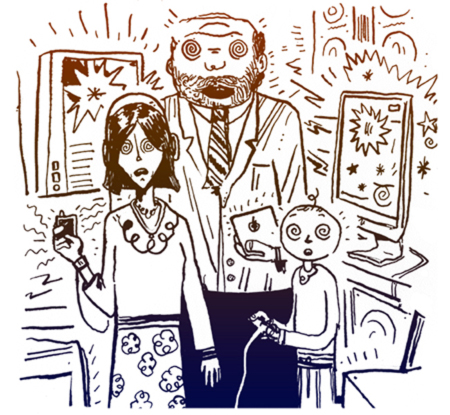ZEITGUIDE TO MUSIC FESTIVALS

Summer is here which means one thing for music fans: time to figure out your summer music festival schedule.
“Festivals have become a huge part of American culture,” said Pasquale Rotella, CEO of Insomniac and promoter of Electric Daisy Carnival. “When we first started, it was really foreign — all people could remember was Woodstock. It made it really difficult to explain. That’s no longer true.”
Concert tickets already account for 58.7% of music revenue globally, or $10.5 billion last year. PricewaterhouseCoopers predicts that share will grow and that by 2018 it will make up 63.7%.
The explosion of festivals over the last 15 years has been good news for the music industry, essentially saving it from utter collapse.
Since 2000, there has been a massive 41% drop in sales of recorded music. During that same period, however, there has been a 60% increase in live music revenue, according to one study. As a result, the music business overall has only seen a 3% decline during that same period.
The spike in live music revenue is directly related to the proliferation of massive events like last week’s Bonnarroo, which brought upwards of 100,000 people to a farm in Manchester, Tennessee over four days. Electric Daisy Carnival in Las Vegas this weekend could draw 400,000.
But what led to the popularity of music festivals?
The rise in live music events can also be linked to the advent of downloading / streaming music which led to greater exposure of more bands and thus a higher demand for multi-performer concerts. The precipitous drop in sales also meant that bands and labels had to put a greater focus on playing live to make money. Others have attributed the upswing to a desire for experiences that can be shared on social media.
“Experience is the new amenity,” said ZEITGUIDE friend Jeff Tomczek, brand director at hotel chain Tommie. “Going live allows you to use digital technology to show off what you did.”
Still, with scores of festivals squeezed into the May-September window, competition is heating up. And sponsorship money has only added fuel to the fire. Ad Age estimated that over $1.34 billion was spent sponsoring music venues, festivals and tours in 2014. Coachella this year had as many brands as bands.
British e-tailer ASOS even has a special “festival” section on its website selling concert-wear. “It’s almost like the new twentysomething’s holiday destination,” explained Vanessa Spence, ASOS’s design director. “They save up to go to festivals. It’s a massive trend with our customer, one that’s really important.”
For millennials, concert festivals have become a rite of passage—and for marketers, a huge selling opportunity. But some in the music industry see a bubble waiting to burst.
“There’s only so many artists that can play and anchor and headline the festivals,” says Jonathan Levine, a booking agent who represents acts like Black Eyed Peas for the Paradigm Talent Agency. “So it’s going to be a little bit survival of the fittest. Some will thrive and others will not.”
